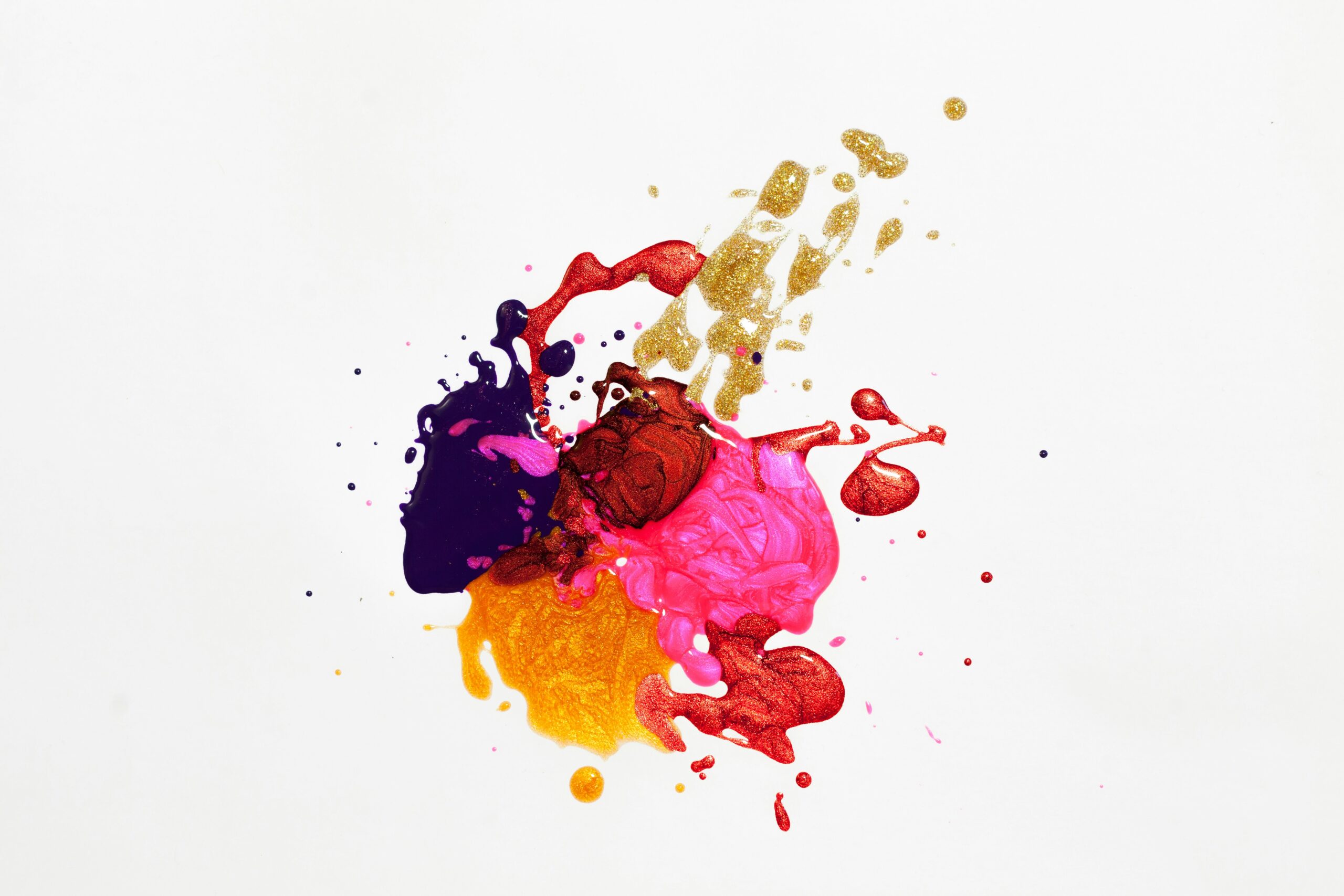Why?
Why are murals created? Is it art? Is it activism? Is it a means of communication, is it to record things or to brighten things up? The meaning of a mural varies, depending on the place/country and time in which it is made.
Murals are as old as mankind
Murals or cave paintings were around as far back as Prehistoric times (up to 3.000 years B.C.), the period from the birth of life. People then made drawings to record stories because writing had not yet been invented. Cave paintings have been found in Indonesia that are more than 44.000 years old.
In the Middle Ages (A.D. 500 – 1.500), the period between antiquity and the Renaissance, people decorated the walls of living rooms, monasteries, churches and castles. Because people could touch the murals, they thought they could put them in touch with God. Churches were therefore painted in abundance with major Biblical events partly to remind people of their mortality. During the ‘Iconoclasm’ (in the 16th century) the murals disappeared.
What sparked my interest in murals?
Some are very beautiful like the murals created by Judith de Leeuw. I recently saw about Judith the documentary JDL – Behind the Wall. Judith became known in 2016 for a black and white painting of Amy Winehouse that she created (illegally).
Her work often has a societal theme. Her (street) art can now be seen in many countries.
During one of my visits to Jamaica, I visited Fleetstreet in Kingston. The neighborhood is quite poor and got more exposure through the project ‘Paint Jamaica’.
The project has led to what has become the largest
In this video you can see Patt and Jordanne who created the mural. The impact of the project has been extremely positive on the local community; with their involvement, new skills were being transferred and individuals have been inspired to creatively express themselves.
Perrée mentions the following artists and their works of art in his book:
Hale Woodruff: The Mutiny of the Amistad
John Biggers: History of Negro Education in Morris County
Aaron Douglas: Aspects of Negro Life
Charles White: The contribution of the Negro Democracy in America
It describes a thirty-year tradition of mural art, from the 1967 creation of Chicago’s landmark ‘Wall of Respect’ to the hip-hop murals of the 1990s.
During 2014-2019, the University of Nottingham, in collaboration with the Universities of Hull and Queen’s Belfast, led ‘The Antislavery Unsable Past Project’. Their website features ‘Walls of Slavery, Walls of Freedom’, the first major collection of murals focused on resistance, empowerment and slavery. It brings together murals from the United States from the 1920s to the present, with a major focus on murals depicting historical slavery and anti-slavery. In this collection, we see abolitionists and heroic figures from black history emerging from community walls as ancestors for 20th century social justice leaders.
What appeals most to me are murals that convey something to think about, that make you aware of things you usually overlook.
In 2021, a group of artists started the ‘For Freedom’ project. Their question was: how can artists create honest dialogue and reflection on issues that affect them locally and nationally? That was the question they set out to answer with the 50 State Initiative. Led by the artists and 2,221 Kickstarter backers, they worked from coast to coast to install artworks along some of the most traveled roads in the world in every U.S. state, Puerto Rico and Washington, D.C.
Their work didn’t stop there: in partnership with more than 220 institutions and museums, they helped facilitate artist-led town halls and exhibitions to ask what local, state and national issues need to be addressed – and how artists and their communities can respond, take action and plan ahead.
Banksy
His satirical street art and subversive epigrams combine dark humor with graffiti executed in a distinctive stenciling technique. His works of political and social commentary have appeared on streets, walls, and bridges throughout the world.
An ideal I also cherished but now that I am older, I have lost more and more illusions about man’s behavior though fortunately I still know some (younger) people who still cherish that same hope and don’t give up.
Johanna
